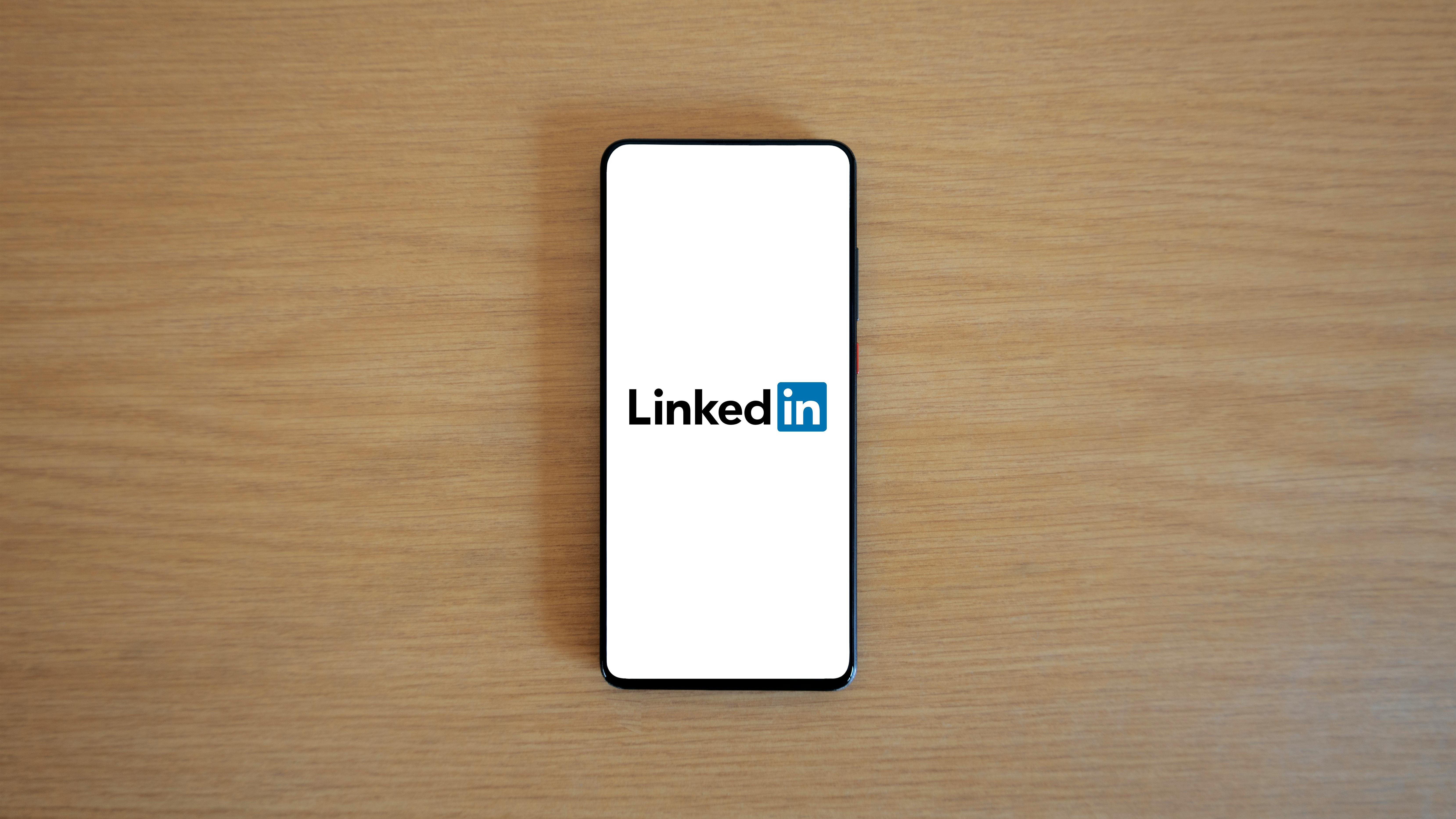
LinkedIn's Recruitment Strategy Shift: A Game Changer in Agency-land
LinkedIn is stepping into the recruitment agency territory with some ambitious and contentious new guidelines set to take effect in August 2024. As part of a strategic move to enhance authenticity and transparency, these changes aim to reevaluate how recruitment agencies interface with the platform, signaling possible upheaval in an industry that thrives on connection and access to opportunities.
The New Era of Authenticity and Compliance
One defining aspect of LinkedIn's upcoming revisions involves the enforcement of stricter visibility rules for third-party job postings. Agencies can expect a heightened emphasis on accuracy — job listings must reflect the true employer's name, turning away any vague 'Confidential' postings. This move towards authenticity might seem beneficial on the surface, but it raises concerns about the burden of compliance placed on recruitment agencies.
The message is clear: LinkedIn expects job postings to be genuine and detailed, removing the opportunity for duplicated listings. However, while striving for transparency could enhance user experience, it concurrently puts smaller agencies at a significant disadvantage. Many of these agencies operate on tight budgets and resources, making the prospect of stringent compliance measures daunting, potentially jeopardizing their viability and innovation in the marketplace.
Impediments to Smaller Agencies
As LinkedIn pivots towards tightening its rules, a notable risk lurks: the marginalization of smaller recruitment firms. While larger agencies might weather the storm of increased compliance costs, smaller agencies may find themselves unable to cope with the new demands, leading to a reduction in competition and a monopoly-like scenario where only the bigger players thrive.
Moreover, the unpredictability of potential penalties — like removal of job postings for lapses in compliance — adds an unsettling layer for these agencies. This encroachment could diminish the collaborative spirit that has traditionally characterized agency-client relationships and further complicate the hiring process.
What Does This Mean for Talent Acquisition?
For talent acquisition managers and corporate recruiters, understanding these shifting dynamics is paramount. While LinkedIn’s framework aims to enhance user experience by ensuring high-quality job listings, it also compels agencies to refine their sourcing strategies. Adhering to stricter posting requirements means an urgent need for agencies to elevate their recruitment best practices.
Agencies that can navigate these challenges with agility may enhance their talent pipelines and optimize their hiring processes, effectively leveraging AI in recruiting and adapting to remote hiring trends. Ultimately, the current landscape is fraught with challenges but also ripe for innovation. It’s a crucial period for all stakeholders in the recruitment industry to reevaluate their strategies amid these impending changes.
Embracing Change for Future Success
As LinkedIn continues to reshape the recruitment landscape, the future hinges on adaptability and innovation. Agencies must embrace robust compliance strategies while simultaneously improving the candidate experience. Those who can pivot quickly will likely not only survive but thrive in this evolving environment, ensuring that all job seekers receive the opportunities they deserve.
 Add Row
Add Row  Add
Add 




Write A Comment